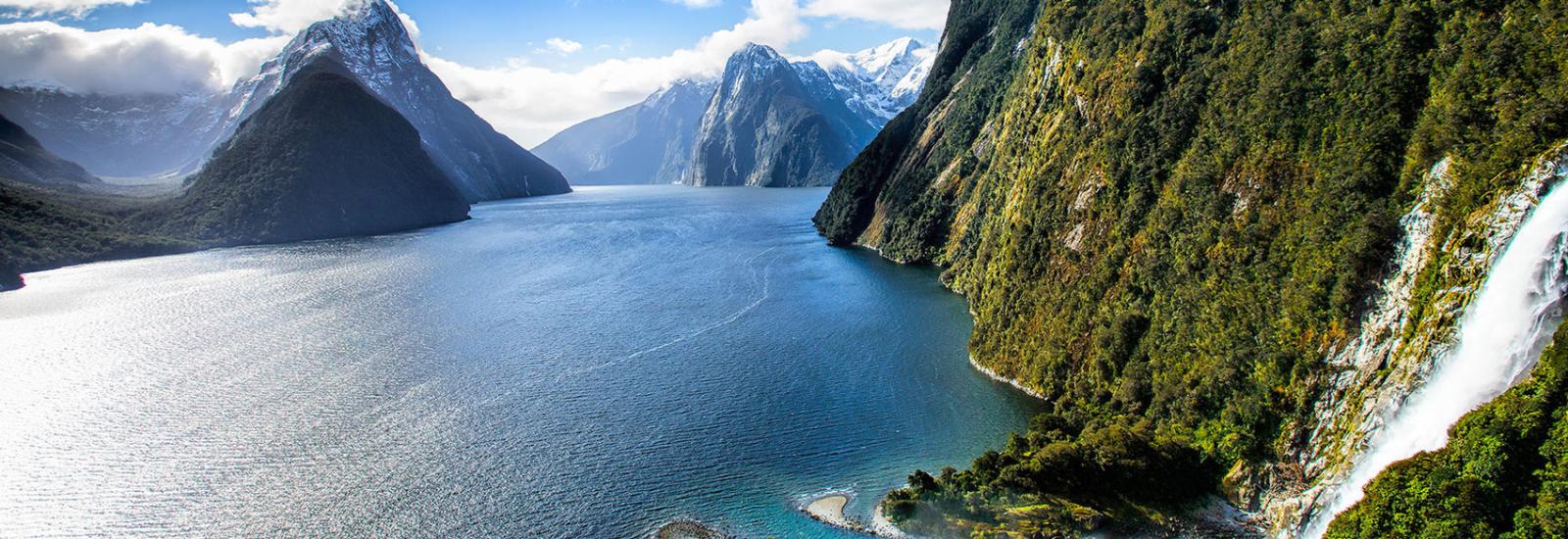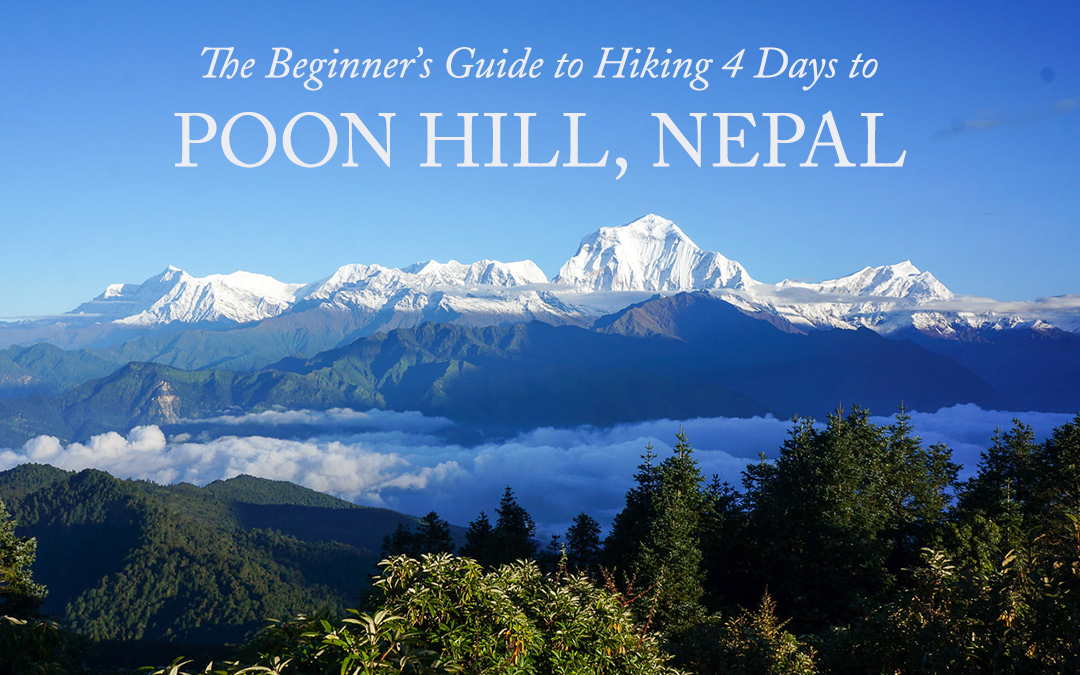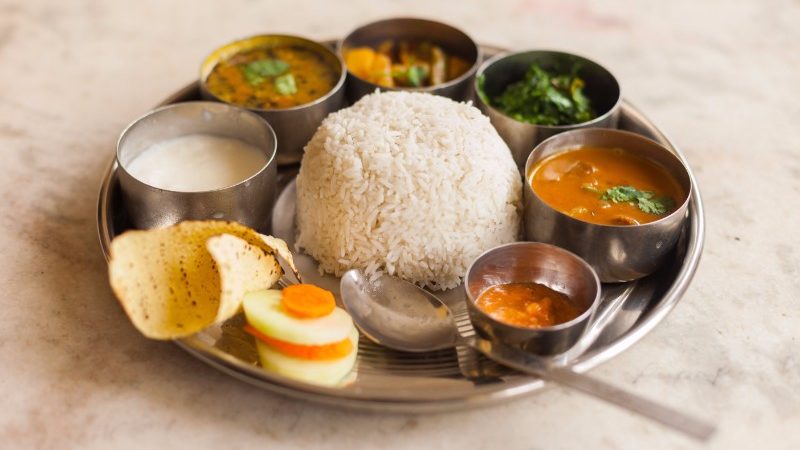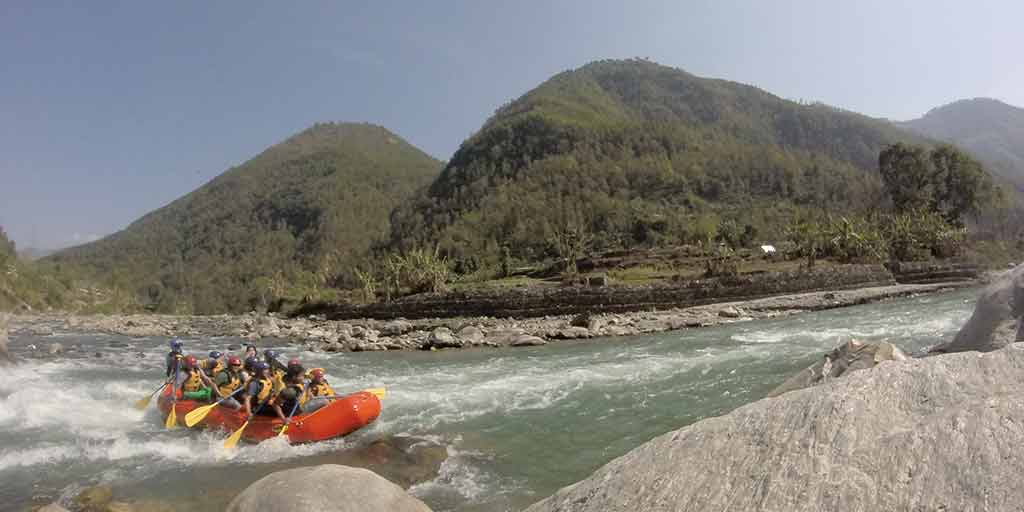A New Zealander's Guide to Nepal: Must-Knows

Introduction to Nepal
Geography and Climate
Nepal, located in South Asia, is a landlocked country renowned for its diverse geography. The country is home to a portion of the Himalayas, including Mount Everest, the world's highest peak. Nepal's landscape ranges from subtropical forests in the lowland Terai region to the snow-capped mountains in the north. The geography of Nepal plays a significant role in shaping its climate. The country experiences four distinct seasons – spring, summer, autumn, and winter.
The climate in Nepal varies depending on the region. The Terai region has a tropical monsoon climate with high humidity and heavy rainfall during the summer. As you move towards the Himalayas, the climate becomes cooler due to the higher altitude. The mountainous areas have cold winters and mild summers, ideal for trekking and mountaineering. Nepal's climate diversity attracts tourists from around the world, making it a popular destination for adventure seekers and nature lovers.
Culture and Religion
Nepal's culture is rich and diverse, influenced by both Hindu and Buddhist traditions. The country's multicultural heritage is reflected in its art, architecture, music, and festivals. Nepali people are known for their warmth and hospitality, making visitors feel welcome and at home.
Religion plays a significant role in Nepali society, with Hinduism being the dominant religion, followed by Buddhism. Many temples, monasteries, and sacred sites can be found throughout the country. Festivals such as Dashain, Tihar, and Holi are celebrated with great enthusiasm and bring people of different backgrounds together.
Overall, Nepal's unique geography, diverse climate, rich culture, and spiritual heritage make it a fascinating destination for travellers seeking a blend of adventure, tranquillity, and cultural immersion.

Travel Planning for Nepal
Visa and Entry Requirements
When planning a trip to Nepal, it is crucial to understand the visa and entry requirements. Most tourists can obtain a visa on arrival at the Tribhuvan International Airport in Kathmandu. The visa fees vary depending on the duration of stay and the type of visa required. It is advisable to check the latest information on the official website of the Department of Immigration Nepal before travelling. Additionally, make sure your passport is valid for at least six months beyond your intended departure date from Nepal to avoid any entry issues.
Health and Safety Tips
Ensuring your health and safety during your visit to Nepal should be a top priority. It is recommended to consult a healthcare provider or travel clinic at least 4-6 weeks before your trip to discuss any necessary vaccinations or health precautions. Travellers should be aware of the high altitude in certain regions of Nepal, especially when trekking in the Himalayas and take necessary precautions to prevent altitude sickness. Additionally, it is essential to drink only bottled or filtered water, avoid consuming raw or undercooked food, and carry a basic first aid kit for any emergencies.
Cultural Etiquette
Respecting the local culture and traditions is essential when visiting Nepal. It is customary to remove your shoes before entering temples, monasteries, and homes. When greeting locals, it is polite to use the traditional greeting "Namaste" with a slight bow. Dressing modestly, especially when visiting religious sites, shows cultural sensitivity. It is also important to ask for permission before taking photographs of individuals or religious ceremonies to respect their privacy. By embracing and respecting the local customs, travellers can have a more enriching cultural experience in Nepal.
Discovering Nepal's Top Destinations
Kathmandu: The Beating Heart of Nepal
Kathmandu, the beating heart of Nepal, is a city steeped in history and culture. From the bustling streets of Thamel to the ancient temples of Durbar Square, Kathmandu offers a sensory overload for travellers. Visit the sacred Swayambhunath Stupa, also known as the Monkey Temple, for panoramic views of the city and a glimpse into Buddhist traditions.
Explore the intricately carved wooden buildings of Patan Durbar Square and immerse yourself in the vibrant local markets. Kathmandu is a melting pot of diverse cultures, and every corner you turn reveals a new facet of this vibrant city.
Pokhara: Gateway to the Annapurna Range
Pokhara, nestled beside the serene Phewa Lake and surrounded by the majestic Annapurna Range, is a paradise for nature lovers and adventure seekers alike. Take a boat ride on the lake, with the snow-capped peaks reflected in its waters, or hike up to the World Peace Pagoda for a breathtaking panoramic view. For the more adventurous, trekking in the Annapurna region offers unmatched views of towering peaks, lush forests, and picturesque villages. Pokhara's laid-back atmosphere and stunning scenery make it the perfect place to unwind and connect with nature.
Whether you're exploring the ancient alleys of Kathmandu or basking in the tranquillity of Pokhara's natural beauty, Nepal's top destinations offer a myriad of experiences that cater to every traveller's desires. With a rich tapestry of culture, history, and natural wonders, Nepal is a destination that never fails to captivate and inspire all who visit.

Trekking in the Himalayas
Popular Treks in Nepal
When it comes to trekking in the Himalayas, Nepal is a paradise for adventure enthusiasts. Some of the popular treks include:
- The Everest Base Camp trek, where you can witness the world's highest peak up close.
- The Annapurna Circuit trek, known for its diverse landscapes.
- The Langtang Valley trek, offering breathtaking views of the Langtang range.
Each trek presents its own set of challenges and rewards, promising an unforgettable experience for trekkers of all levels.
Essential Trekking Gear
Before embarking on a trek in the Himalayas, it is crucial to have the right gear to ensure a safe and comfortable journey. Some essential trekking gear includes:
- Sturdy hiking boots to navigate rough terrain.
- Insulated layers to combat changing temperatures.
- A reliable backpack to carry essentials.
- A first aid kit for emergencies.
- A quality sleeping bag for restful nights.
Additionally, items like trekking poles, water purifiers, and high-energy snacks can make your trekking experience smoother and more enjoyable.
Embark on a trekking adventure in the Himalayas to witness awe-inspiring landscapes, immerse yourself in nature, and challenge your limits. With the right gear and a spirit of adventure, trekking in Nepal's Himalayas is an experience that will stay with you for a lifetime.

Experiencing Nepalese Cuisine
Traditional Dishes to Try
When it comes to experiencing Nepalese cuisine, there are a variety of traditional dishes that offer a burst of flavours and cultural richness. One popular dish is Momos, which are steamed dumplings filled with vegetables or meat, served with a spicy dipping sauce. Another must-try is Dal Bhat, a staple dish consisting of lentil soup (Dal), rice (Bhat), and a selection of side dishes such as vegetables, pickles, and meat curries. For a sweet treat, indulge in Sel Roti, a traditional Nepali doughnut made from rice flour and sugar, often enjoyed with tea or yoghurt.
Dining Etiquette in Nepal
When dining in Nepal, there are certain etiquettes to keep in mind to show respect for the local culture. It is customary to use your right hand for eating, as the left hand is considered unclean. Additionally, if you are invited to someone's home for a meal, it is polite to try a bit of everything served and to express your appreciation for the food. Remember to remove your shoes before entering a Nepalese home and wait to be seated before starting your meal. Lastly, it is common to offer a Namaste gesture to thank your host after the meal.
Embark on a culinary journey through Nepal to savour the diverse flavours and cultural heritage that Nepalese cuisine has to offer. Whether you are enjoying a street-side snack or a traditional feast in a local home, each bite will transport you deeper into the heart of Nepal's vibrant culinary landscape.

Engaging in Adventure Activities
White-Water Rafting in Nepal
When it comes to seeking excitement in Nepal, white-water rafting is a must-try adventure activity. The country's numerous rivers provide thrilling rapids and breathtaking scenery for all adrenaline junkies out there.
Be prepared to paddle through challenging waters, navigate rocky obstacles, and experience the rush of adrenaline as you conquer the rapids. Safety is paramount during these expeditions, so make sure to listen carefully to your guide's instructions and gear up with proper equipment before embarking on this exhilarating journey.
Paragliding in Pokhara
For those with a desire to soar high above the majestic landscapes of Nepal, paragliding in Pokhara offers a bird's-eye view like no other. Experience the sheer thrill of running off a mountainside and feeling the wind beneath your wings as you glide through the skies.
Be amazed by the panoramic views of the Himalayas, Phewa Lake, and lush valleys below. Trust your experienced pilot to guide you through the skies safely as you revel in the freedom of flight and the beauty of Nepal's natural wonders.

Understanding Nepalese Customs and Etiquette
Greetings and Gestures
When visiting Nepal, it is important to familiarise yourself with the customary greetings and gestures practised in the country. The traditional form of greeting is "Namaste", where you press your palms together in a prayer-like gesture and say the word with a slight bow. This gesture is a sign of respect and is commonly used in both formal and informal settings. Additionally, showing reverence to elders by touching their feet is a common practice in Nepal and is a gesture of humility and respect.
Dress Code and Behaviour Tips
Nepal has a modest dress culture, so it is advisable to dress conservatively, especially when visiting religious sites or rural areas. Avoid wearing revealing clothing to show respect for the local customs and traditions. When entering a Nepalese home, it is customary to remove your shoes before stepping inside.
Furthermore, it is considered polite to accept offerings such as food or drinks with your right hand or with both hands as a sign of gratitude. Remember to be mindful of your behaviour and language, maintaining a respectful and friendly demeanour towards the locals.
Respectful Travel in Nepal
By familiarizing yourself with Nepalese customs and etiquette, you can ensure a more enriching and culturally sensitive experience during your visit to this beautiful Himalayan nation. Embracing and respecting the traditions of Nepal will not only enhance your interactions with the locals but also deepen your appreciation for the rich heritage and values of this diverse country.
Responsible Tourism in Nepal
Supporting Local Communities
When travelling to Nepal, being a responsible tourist means actively contributing to local communities. One way to support the people of Nepal is by engaging in community-based tourism initiatives. These programmes provide opportunities for visitors to interact with locals, learn about their way of life, and support local businesses directly.
By staying in locally owned accommodation, eating at family-run restaurants, or purchasing handmade crafts from local artisans, you can make a positive impact on the community and help preserve Nepalese traditions.
Eco-Friendly Travel Practices
Embracing eco-friendly travel practices is essential for sustainable tourism in Nepal. To reduce your environmental footprint, opt for accommodation that prioritises sustainability, such as eco-lodges or guesthouses that promote energy and water conservation. When exploring Nepal's natural wonders, follow designated trails, avoid littering, and respect wildlife habitats.
Support eco-conscious tour operators that adhere to responsible trekking guidelines and promote conservation efforts. By being mindful of your impact on the environment and supporting eco-friendly initiatives, you can help protect Nepal's biodiversity and ensure that its natural beauty remains intact for future generations.
In Conclusion
Practising responsible tourism in Nepal is not just beneficial for the local communities and environment but also enhances your overall travel experience. By supporting local livelihoods and conserving the natural heritage of Nepal, you contribute to the sustainable development of the country and create meaningful connections with its people. Travel responsibly, respect local customs, and leave a positive impact wherever your journey takes you in the magnificent Himalayan nation.
